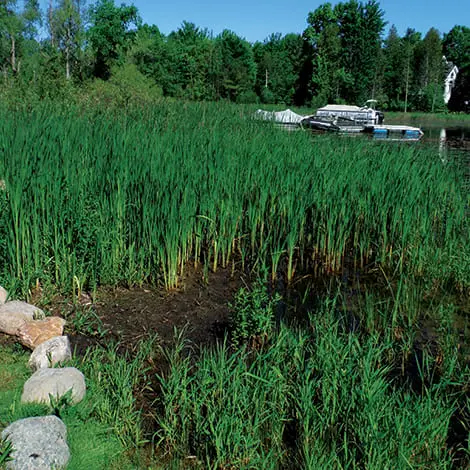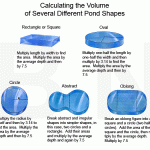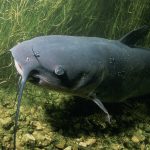Cattails are tall, slender plants that are commonly found in ponds and wetland areas. While these plants can provide natural beauty to your pond, they can also quickly overtake the water body, causing issues with water flow, oxygen levels, and overall pond health. If you are looking to control or remove cattails from your pond, there are several effective methods you can consider.

Credit: weedersdigest.com
1. Manual Removal
One of the most labor-intensive but effective methods of getting rid of cattails is through manual removal. You can use a shovel, rake, or specialized aquatic weed cutter to physically cut and remove the cattails from the pond. Make sure to pull out the entire plant, including the roots, to prevent regrowth.
2. Chemical Control
Chemical control methods can also be used to manage cattail growth in your pond. Herbicides specifically designed for aquatic plants can be applied to the cattails to kill them. It is essential to follow the manufacturer’s instructions carefully and consider the potential impact on other aquatic life in the pond.
3. Mechanical Control
Mechanical control methods involve using tools or machinery to remove cattails from the pond. This can include using a weed harvester or aquatic weed cutter to cut and collect the cattails. Regular maintenance with mechanical control methods may be necessary to prevent cattails from regrowing.
4. Biological Control
Introducing natural predators or competitors of cattails can help control their growth in the pond. For example, grass carp are herbivorous fish that can feed on cattails and help reduce their population. Before introducing any new species into your pond, consult with a local aquatic biologist or extension office.
5. Barrier Installation
Installing physical barriers at the edges of the pond can help prevent cattails from spreading further. These barriers can be made of materials like plastic or metal and should extend below the water surface to prevent cattail rhizomes from spreading.
6. Proper Pond Maintenance
Regular pond maintenance is essential for preventing cattails from taking over. Proper aeration, nutrient control, and overall pond health can help create conditions that are less favorable for cattail growth. Removing excess nutrients and organic matter from the pond can also help reduce cattail proliferation.
7. Combination Approach
Using a combination of methods may be the most effective way to control cattails in your pond. For example, you can start with manual removal to reduce the cattail population, followed by chemical treatment to target any remaining plants. Regular monitoring and maintenance will be necessary to prevent cattails from coming back.

Credit: www.wikihow.com
8. Consultation with Experts
If you are unsure about the best approach to take or if the cattail infestation in your pond is severe, consider consulting with aquatic weed control experts or local extension services. They can provide guidance on the most appropriate methods for your specific situation.
Conclusion
Controlling cattails in your pond requires a proactive approach and regular maintenance. By using a combination of manual, chemical, mechanical, and biological control methods, along with proper pond maintenance practices, you can effectively manage cattail growth and restore balance to your pond ecosystem. Remember to always consider the environmental impact of your control methods and consult with experts when needed.





